You’re not exactly a pack rat, but you definitely have more than a few items in the back of your closet that you haven’t looked at in a few years. Most people would say that their homes could benefit from a bit of de-cluttering, and these helpful tips will show you just how to do it.
- Keep papers within reach. By keeping papers within eyesight, you’ll be more likely to deal with your paper mess before it accumulates into something much more difficult to manage.
- Ask a few questions. When you’re going through the items in your home, ask yourself questions like: Have I used this in the past year? Does this benefit my life? Is it broken? If, so can I fix it? If you say no to most of these questions, put it in the donation pile.
- Create a donation pile. Speaking of that donation pile, start one! You’ll feel a lot less guilty about getting rid of your unused items if you know they’re going to someone who will really appreciate them.
- Clear off surfaces. After you clean out hidden spaces like closets and under the bed, make a rule that you’ll always keep surfaces like counters and desks free of clutter. Not only will your home feel more organized, this will ensure that it looks more organized, as well.
18 Five-Minute Decluttering Tips to Start Conquering Your Mess [Zen Habits]
25 Ways to Clean Out the Clutter [Good Housekeeping]
Keep or Toss: Questions & Tips to Help You Declutter [Apartment Therapy]

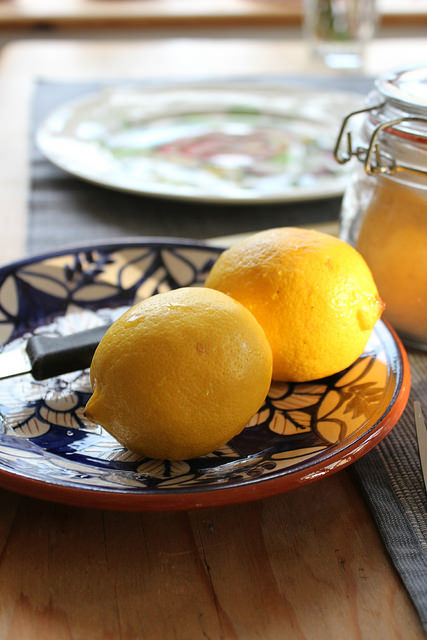

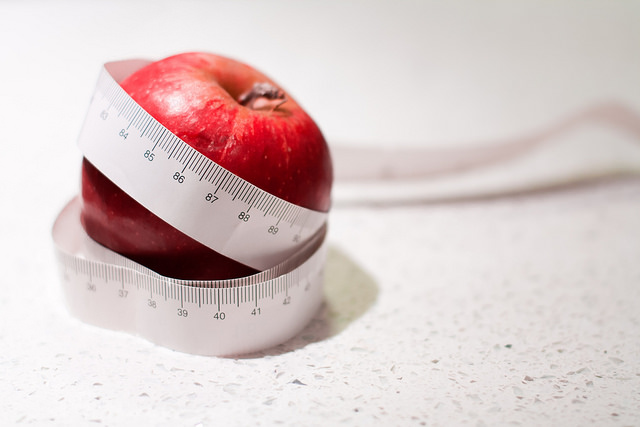
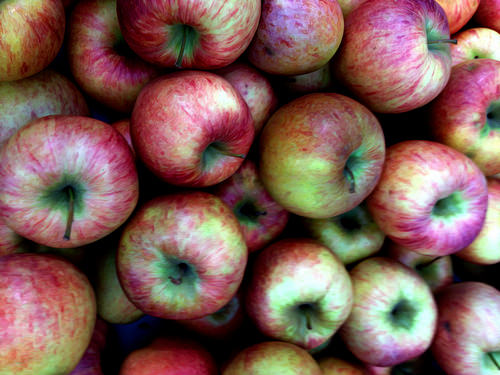
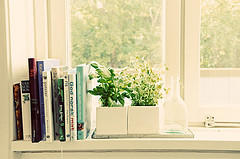

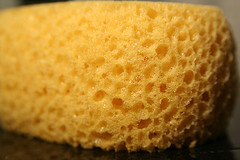

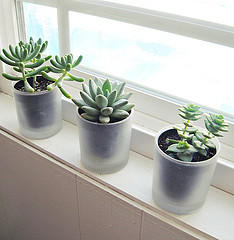
 Equal Housing Opportunity
Equal Housing Opportunity